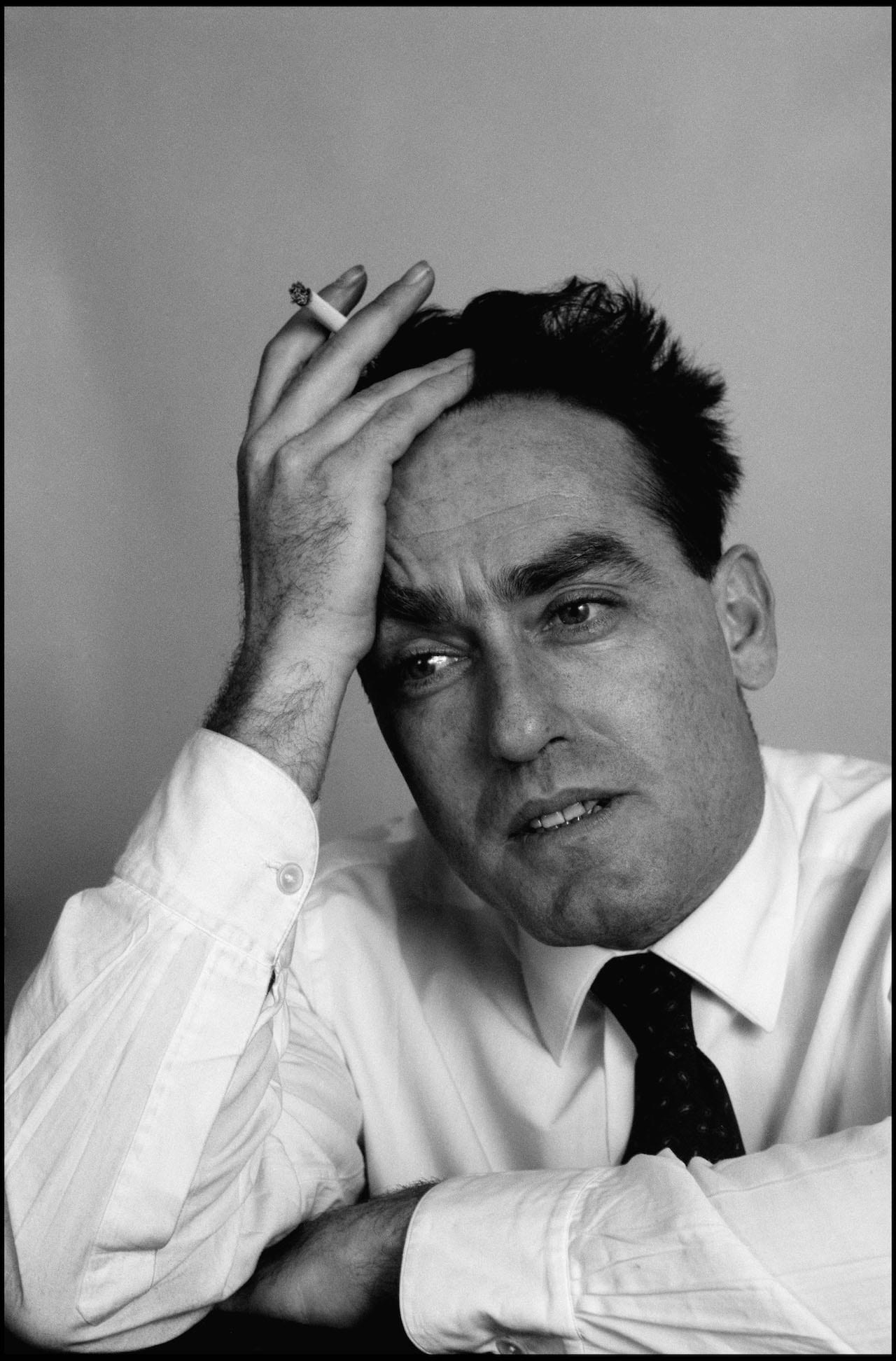“I never thought of myself as doing anything other than telling stories,” said Erich Lessing. “The camera became the medium through which I did that, but I don’t carry a camera everywhere I go. To me, it is simply the means to a very specific end. I observe the world through my eyes and not through the viewfinder of a camera. I don’t interpret, nor do I adjust anything in the dark room. I am a realistic photographer.”
They’re modest words from a man who created iconic images of the 20th century, and who was a member of Magnum Photos for well over half a century. His photographs of the Hungarian revolution in 1956 were seen around the world, as was his shot of the presentation of the Austrian State Treaty on the balcony of the Belvedere palace in front of a cheering crowd in 1955.
He photographed politicians and artists, such as Dwight D. Eisenhower, Nikita Khrushchev, and Oskar Kokoschka; he also shot on the film sets of movies such as Moby Dick, Zorba the Greek, and The Sound of Music, as well as Miss Sopot, the first beauty contest to be held in communist Poland. His work was published in respected magazines such as LIFE, Paris Match, and Picture Post, but even so he talked modestly of this period. “I saw my job as providing documentation,” he said. “I’m certainly not a storyteller in the way that a novelist is a storyteller. Reportage was not the sophisticated thing then that it is today.”
Later in life he favoured art and historical subjects, specialising in art and historical subjects, and seeing his work published in more than 60 art books. “I take mankind seriously in all its aspirations and desires and in whatever arises therefrom in religious, spiritual, artistic and political aspects,” he said. “That was, and still is, the starting point for my photographic themes.”

Born in Vienna to a dentist and a concert pianist, Lessing had a cultured start to a life which was then suddenly scarred by tragedy – his father died of cancer in 1933 when he was just 10; then in 1939, aged just 16, he was forced to escape the Nazis by fleeing to the Palestine. His mother and grandmother did not manage to get away, and were murdered in Theresienstadt and Auschwitz.
A keen photographer from a young age, he studied radio engineering in Israel and worked as a taxi driver and carp breeder before finding his way back to his first love. After stints as a kindergarten and beach photographer, as well as in the British 6th Airborne Division, he returned to Austria in 1947 and was hired by the American news agency Associated Press. He was invited to join Magnum in 1951, by co-founder David ‘Chim’ Seymour.
“Erich was one of the kindest people I ever met, and an impressively resourceful man,” says fellow Magnum member Ian Berry. “I remember being welcomed into Magnum Paris by him when I first joined the agency and he’s remained an influence and friend to this day. He had the most incredible knowledge of the world, which showed in his photography, and was always ready to help in arranging trips to far flung places.”
“Erich Lessing, a great figure in photojournalism, focused his lens on every kind of event, great or small, since the second World War,” adds Bruno Barbey. “His photographs of the Hungarian revolution were seen around the world. Less well known but just as remarkable are the photos he took in Poland in the 1950s. Erich studies power, whether religious or secular, and notes its effects both on those who exercise it and those who are subject to it.
“In parallel with his life as a photojournalist, Erich has devoted himself all his life to studying museum, churches, landscapes… ‘This type of photography is not art’ he says, ‘but it does throw light on art’.”
Erich Lessing was born on 13 July 1923 and died on 29 August 2018. He was married to Time journalist Gertraud (Traudl) Wiglitzky from 1947-her death in 2016, and the couple had three children. Their daughter, Hannah Lessing is secretary-general of the National Fund of the Republic of Austria for Victims of National Socialism. Lessing later married psychotherapist Renée Kronfuss-Lessing, and is survived by her, his three children, four grandchildren, and a great-grandson.
